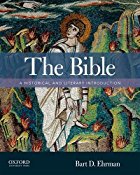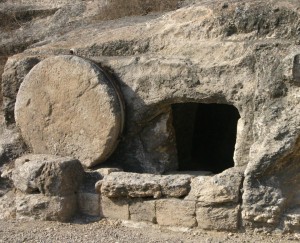
Oh, I shouldn’t have . . .
I gave myself Bart Ehrman’s new textbook, The Bible: A Historical and Literary Introduction, for Christmas. Here it is March, and I’m finally getting the chance to read it. I expect this overpriced volume has a pretty good chance of becoming the standard text in American undergraduate survey courses on the Bible. So it makes sense to find out what young students will be learning.
When I say young students, I mean the young ones sufficiently well off to be able to live on campus. As education costs here in the U.S. skyrocket, more and more first- and second-year university students are working at night and driving to junior colleges each morning. But this book speaks directly to first-year students living in dormitories. The audience is more likely Footlights College Oxbridge than Scumbag College.
Well done, Footlights! 10 points.
At the end of each chapter, Bart asks the posh kids living in dorms to “Take a Stand” on a few issues. Here’s a typical “Take a Stand” item:
Your roommate has not taken the class, but he is interested in the history of ancient Israel. He knows something (a little bit) about the time of the United Monarchy and asks which king you think was better, David or Solomon. What is your view, and how do you back it up? Give him way more information than he wants to know. (p. 112)
Which king was better? That’s a toughie. But not as tough as the questions on University Challenge.
[youtube:http://www.youtube.com/watch?v=ysG96dUtGh4]
Fortunately, when reading the core of the text, I can almost forget I’m reading a book targeted more at Lord Snot and Miss Money-Sterling than Mike, Rick, Vyvyan, and Neil. Unfortunately, it’s hard to overlook the mistakes I’ve found already in the early chapters.
I sweat the small stuff
It may seem inconsequential, and maybe things like this shouldn’t bother me. But I can’t help myself. On the spelling of the Hebrew word for God’s name, Ehrman writes:
Continue reading “Bart Ehrman’s The Bible: An Undergraduate Textbook”

